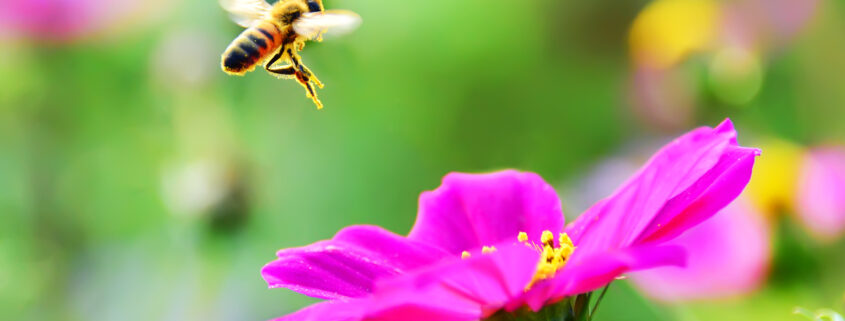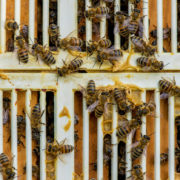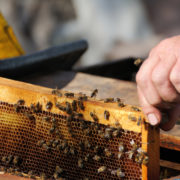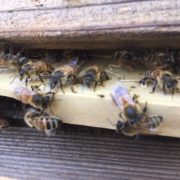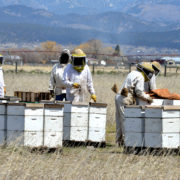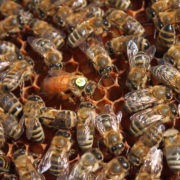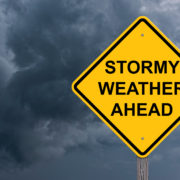How Far do Honeybees Fly?
The distance that honeybees fly depends on a number of factors, including the availability of food, the weather conditions, and the age and fitness of the bee.
Honeybees fly farther for nectar than for pollen or water. The average distance that a honey bee flies to collect nectar is 2 to 3 miles, while the average distance that they fly to collect pollen is 1 to 2 miles. Honeybees fly even shorter distances to collect water, typically flying less than 1 mile.
There are a few reasons why honeybees fly farther for nectar than for pollen or water. First, nectar is the main source of food for honey bees. They need nectar to produce honey and to feed the larvae in the hive. Pollen is also an important food source for honey bees, but it is not as essential as nectar. Honey bees can survive for several days without pollen, but they will only survive for a few hours without nectar.
Second, nectar is more concentrated than pollen or water. This means that honey bees can carry more nectar in a single trip than they can pollen or water. For example, a honey bee can carry up to 70 milligrams of nectar in a single trip, while it can only carry up to 25 milligrams of pollen or 40 milligrams of water.
Finally, nectar is more available than pollen or water. Pollen is only available during certain times of the year, and it is not always available in large quantities. Water is also not always available, especially in dry climates. Nectar, on the other hand, is available year-round and in most climates.
Weather can also affect the distances that bees will fly. Bees fly shorter distances when the weather is inclimate. Honeybees are cold-blooded insects, so their body temperature is regulated by the temperature of their surroundings. In cold weather, their muscles become stiff and their wings become less efficient, making it difficult for them to fly. Rain can also weigh them down and make it harder for them to keep their balance. Additionally, rain can wash away the nectar and pollen that honey bees need to collect. Wind can also blow honey bees off course and make it harder for them to control their flight. Finally, in bad weather, the availability of pollen may be lower because the weather conditions may make it difficult for flowers to open and release their pollen.
The age of the bee often factors in to how far a bee will fly. Young honeybees fly longer distances than older honeybees for a few reasons. First, young honeybees are more energetic and have more stamina than older honeybees. This is because they are still young and have not yet used up their energy reserves. Additionally, young honeybees are more likely to be inexperienced and eager to explore, which can lead them to fly longer distances in search of food.

